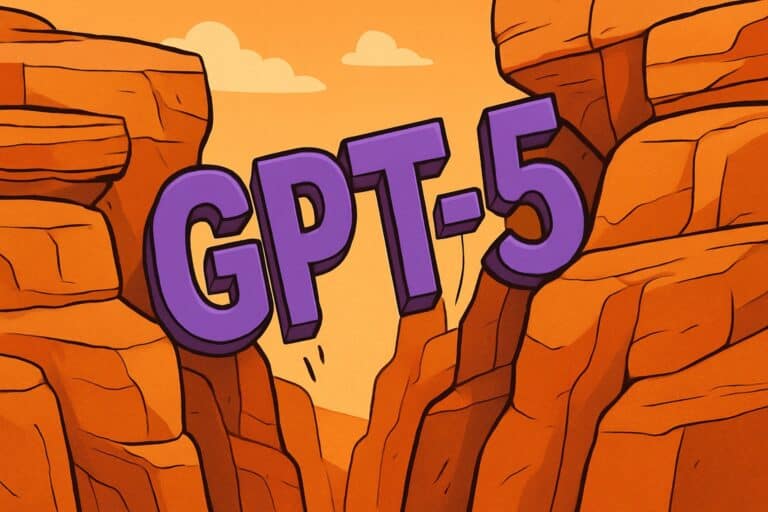When ChatGPT received an upgrade to GPT-5 last week, the curtain fell on a large number of other OpenAI models. Following public dissatisfaction with the disappearance of the popular GPT-4o, o3, GPT-4.1, and o4-mini are now also returning.
GPT-4.5 is also available for Pro users (over $200 per month). However, CEO Sam Altman says that it costs OpenAI “a lot of GPUs” to run that model.
Other changes: GPT-5 Auto, Fast, Thinking
The newly introduced GPT-5 is also getting a major update just one week after its release. This update focuses on the specific configuration. In automatic mode, users are at the mercy of the “routing” model within GPT-5. In other words, a simple question requires less from the model than a complex one; in the latter case, GPT-5 automatically switches to “Thinking” mode.
In addition, the limits for paying users have been increased. GPT-5 Thinking offers space for 3,000 messages per week, with a context window of 196,000 tokens.
Something for everyone
Although some are already complaining that the model selection is a mess again, we have to counter that. GPT-5 is not the all-rounder that eliminates the usefulness of every other OpenAI model. Many users liked the informal tone of 4o, which had already disappeared with GPT-5. At the same time, o3 has a penchant for somewhat academic-sounding language and tables, while GPT-5 Thinking speaks at a more accessible level. The usefulness of o4-mini, GPT-4.1, and GPT-4.5 varies: the former is very fast, while 4.1 and 4.5 are relatively strong when it comes to coding and text. As always, actual daily performance varies; GenAI is not deterministic.
In any case, the models are hidden behind a paywall; free ChatGPT use only provides access to GPT-5. Users must also check the legacy models in the settings to be able to select them in the interface.
Also read: Is GPT-5 suitable for business use?
